How one of the world’s greatest astronomers shaped our understanding of the universe
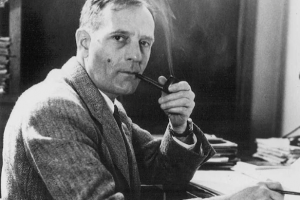 Astronomy
Astronomy

 Astronomy
Astronomy
How one of the world’s greatest astronomers shaped our understanding of the universe
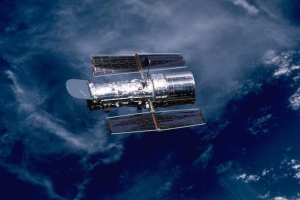 Deep Space
Deep Space
We find out what the space telescope can see from a far away galaxy
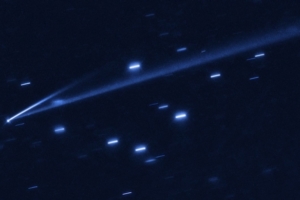 Solar System
Solar System
The asteroid is likely shedding reddish dust, revealing a fresh, blue surface beneath
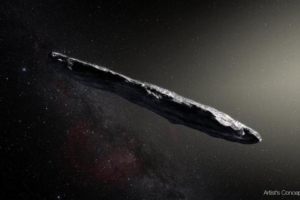 Solar System
Solar System
Such a mission would shed considerable light on our solar system’s population of interstellar objects
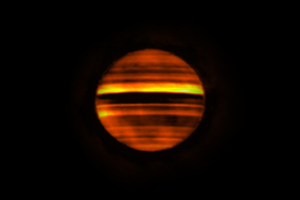 Solar System
Solar System
Looking at Jupiter in the radio wavelength can reveal details about the ammonia stirring below the clouds
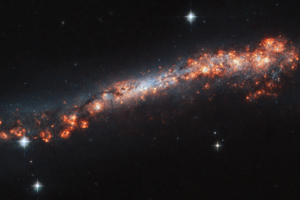 Deep Space
Deep Space
Believe it or not, this long, luminous streak, speckled with bright blisters and pockets of material, is a structure like our Milky Way
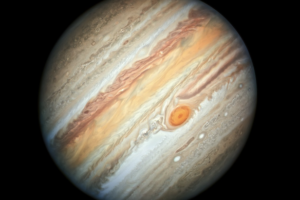 Solar System
Solar System
The NASA/ESA space telescope reveals the intricate, detailed beauty of the gas giant’s clouds in this new image taken on 27 June 2019
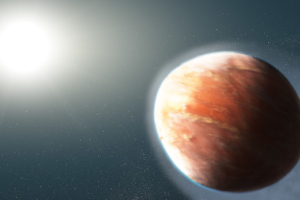 Deep Space
Deep Space
The hot-Jupiter WASP-121b has metals such as iron and magnesium flee the host planet due to its weak gravity
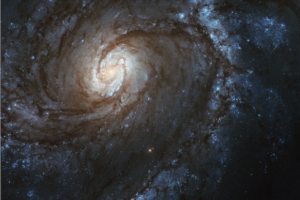 Deep Space
Deep Space
This new measurement is based upon measuring the distance to red giant stars in different galaxies
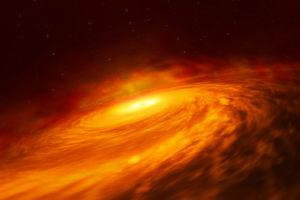 Deep Space
Deep Space
The disc orbits a black hole 250 times the mass of our Sun and it speeds material up to unimaginable speeds
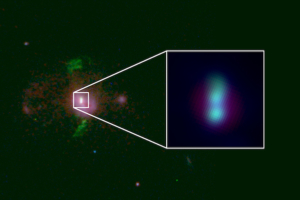 Deep Space
Deep Space
The titanic duo can help astronomers predict when the historic first detection of the background ‘hum’ of gravitational waves from supermassive black holes will be made
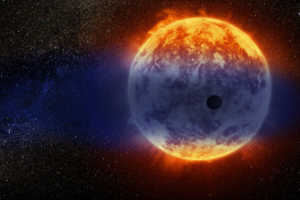 Deep Space
Deep Space
Atmospheric analysis of Gilese 3470 b shows it be unlike any planet seen in our Solar System
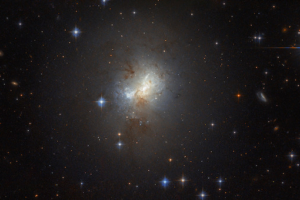 Deep Space
Deep Space
More unusually for its size, ESO 495-21 could have a supermassive black hole hiding at its core
 Deep Space
Deep Space
The collision course between NGC 4485 and NGC 4490 produces a bright and creative form of irregularity
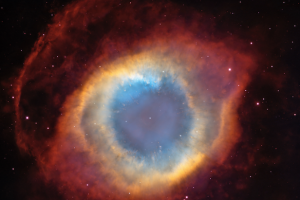 Deep Space
Deep Space
We find out if these beautiful structures are made by the titanic explosion of massive stars
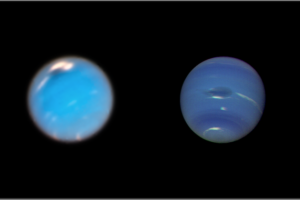 Solar System
Solar System
Comparing the storms on the gas giants Jupiter and Neptune act can tell us interesting details about their formation and evolution
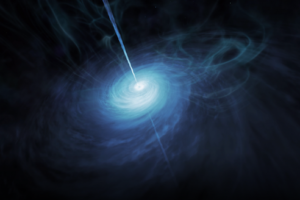 Deep Space
Deep Space
This extremely powerful and young galaxy was magnified, like a lens, by a foreground galaxy
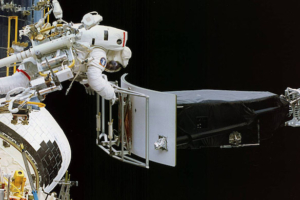 Space Exploration
Space Exploration
25 years ago, a group of NASA astronauts altered the Hubble Space Telescope in a way that would change our understanding of the universe
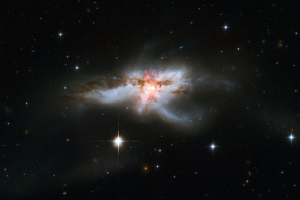 Deep Space
Deep Space
The act of galaxies merging are extreme events and result in anarchy that is superb to observe
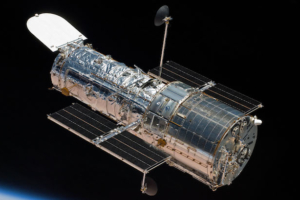 Astronomy
Astronomy
Additional tests are needed before Hubble can resume normal science operations